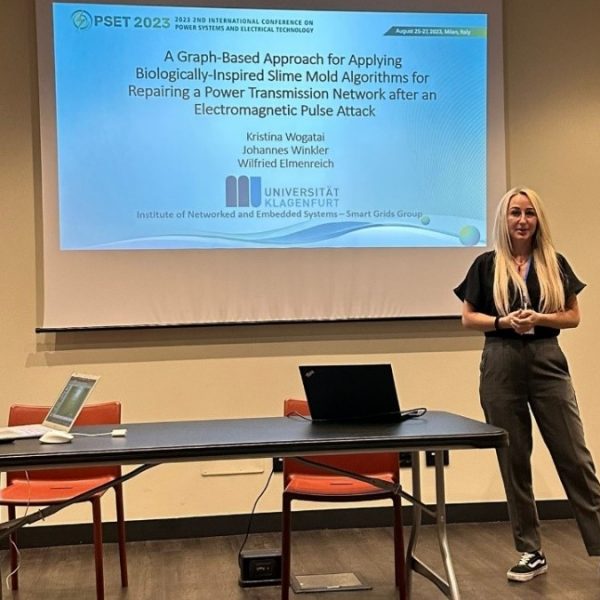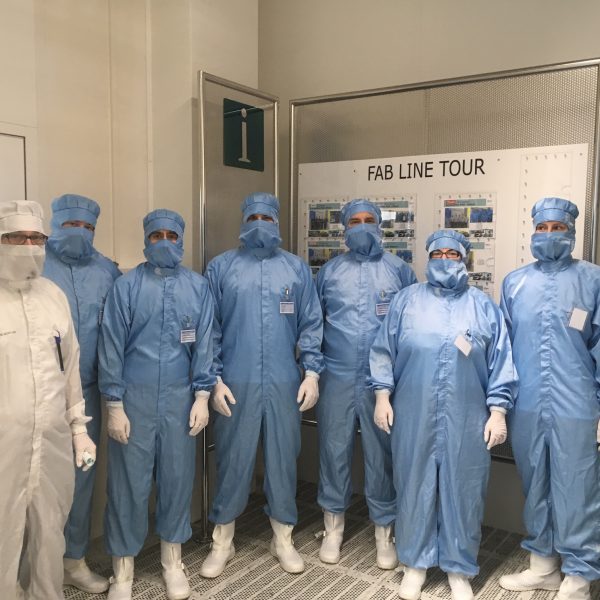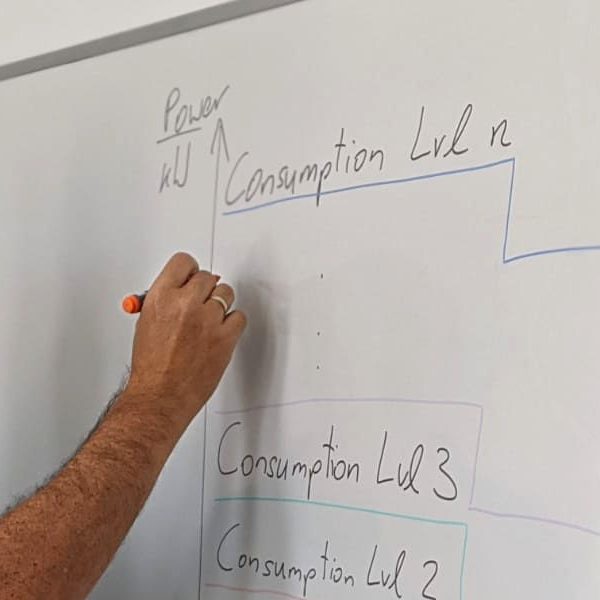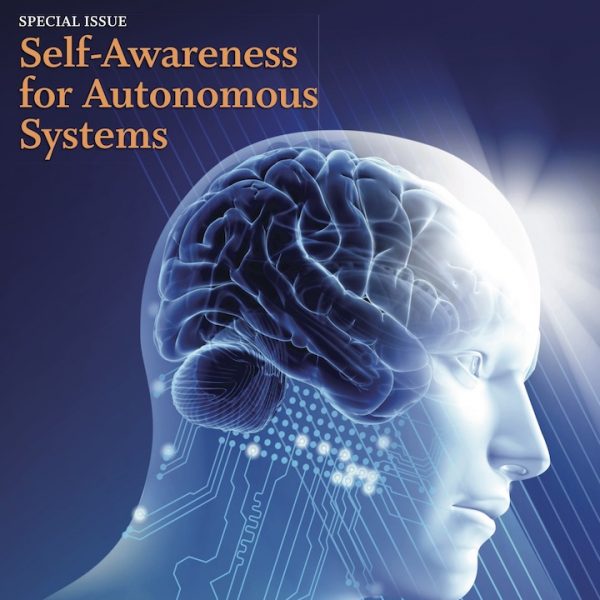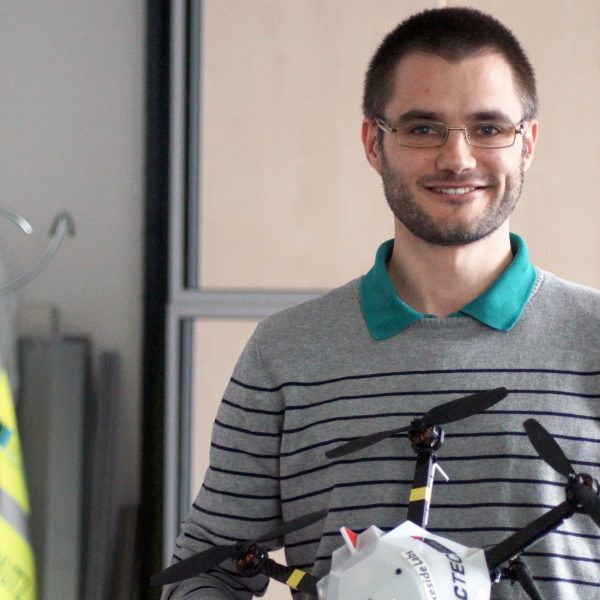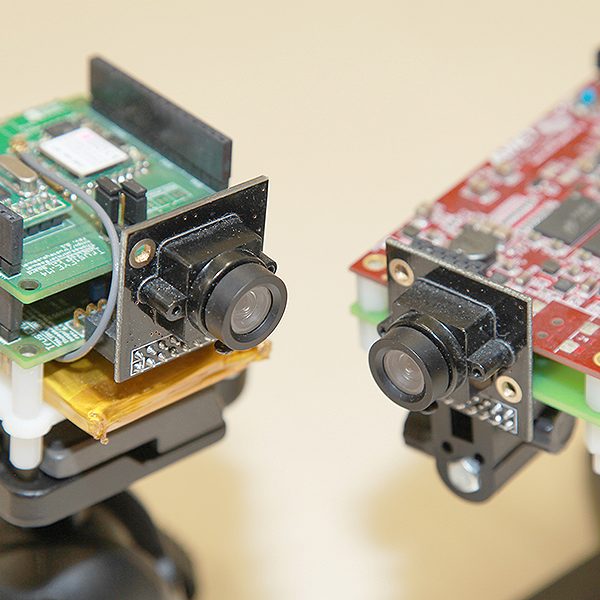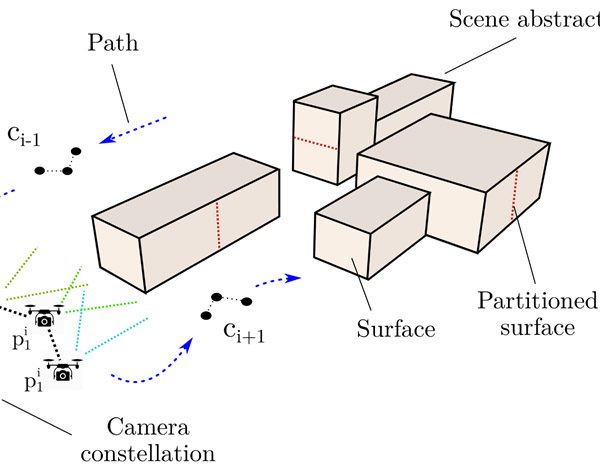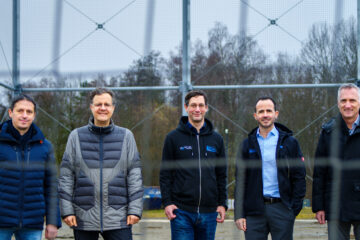After an extensive period of comprehensive research, encompassing literature review, hypothesis formulation, modeling, implementation, and several weeks of simulation, we showcased our paper titled “A Graph-Based Approach for Applying Biologically-Inspired Slime Mold Algorithms for Repairing a Power Transmission Network after an Electromagnetic Pulse Attack” at the 2nd International Conference on […]
Publications
Interference by drones to ground users
Aerial drones connected to cellular networks can affect the throughput of common cell phone users. System-level simulation results were presented at an ACM MobiSys workshop earlier this week. Today’s commercial drones rely on Wi-Fi and proprietary technologies for wireless connectivity. Alternatively, drones could connect to cellular networks, like 5G, which […]
Activity monitoring to age safely in the digital era
In “Ageing Safely in the Digital Era: A New Unobtrusive Activity Monitoring Framework Leveraging on Daily Interactions with Hand-Operated Appliances” (Bousbiat, Leitner and Elmenreich 2022), we suggest a new interactive framework to unobtrusively monitor elderlies’ behavior based on their interaction with electrical appliances involved in their daily activities. Due to […]
Swarm intelligence for controlling industrial plants
The photo above is not from a meeting with extreme COVID protection measures but a visit to Infineon’s semiconductor fab at the beginning of our project SWILT (Swarm Intelligence Layer to Control Autonomous Agents). After three years, this research project has now come to a successful end. The SWILT project […]
A tricky aspect of synchronisation: What happens when too many impulses jam the system?
Whenever people dance in groups, fish swim in shoals and neurons fire in unison, then there is a need for synchronicity. The world has plenty of these phenomena, many of which seem almost magical. Researchers are currently working on replicating this self-organised synchronisation for use in technical systems. Yet they […]
Supporting the Grid with Dynamic Residential Load Scheduling
Demand response (DR) for smart grids intends to balance the required power demand with the available supply resources. This is especially important with an increased amount of renewable energy sources since for most of them the energy yield cannot be shifted in time. For example, photovoltaic systems will provide their […]
Self-awareness for autonomous systems
Autonomous systems are able to make decisions and potentially take actions without direct human intervention, which requires some knowledge about the system and its environment as well as goal-oriented reasoning. Autonomous systems will undoubtedly pervade into our everyday lives, and we will find them in a variety of domains and […]
Persistent surveillance with multiple robots
Persistent surveillance is the task of continuously monitoring an environment over a long period of time. Many multi-robot applications, including disaster response, security tasks as well as exploration and mapping, can be represented as a persistent surveillance problem. Understanding the problem’s properties and developing efficient algorithms for solving the problem […]
Self-calibration of visual sensor networks
Many multi-camera applications rely on the knowledge of the spatial relationship among the individual nodes. However, establishing such a network-wide calibration is typically a time-consuming task and requires user interaction. In her recent work, Jennifer Simonjan developed a decentralized and resource-aware algorithm for estimating the poses of all camera nodes […]
UAV motion planning for multi-coverage
Unmanned aerial vehicles (UAVs) with onboard cameras are increasingly deployed in various applications including surveying, search and rescue, inspection as well as video production. In all these applications, the UAVs move – in many cases autonomously – to capture imagery of sufficient quality of the environment or objects of interest. […]

